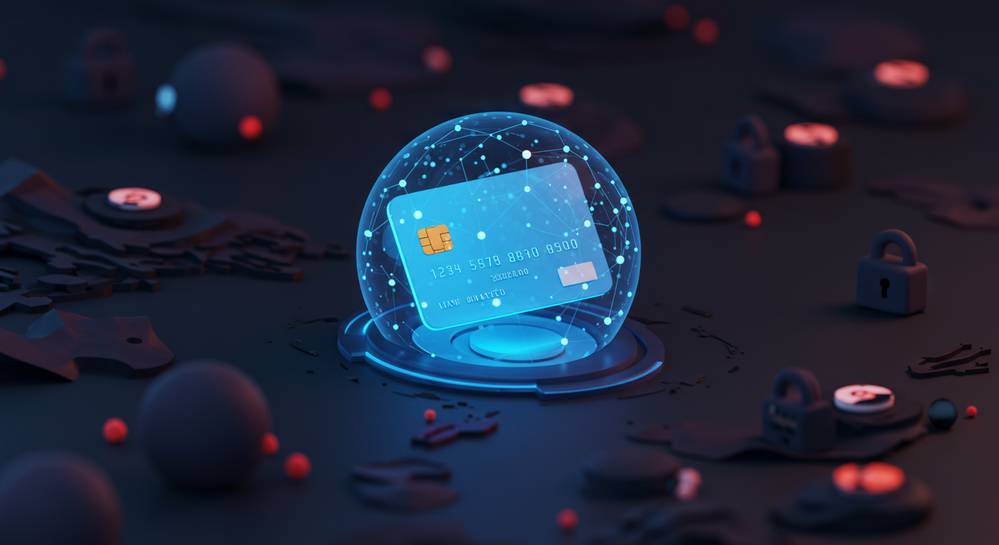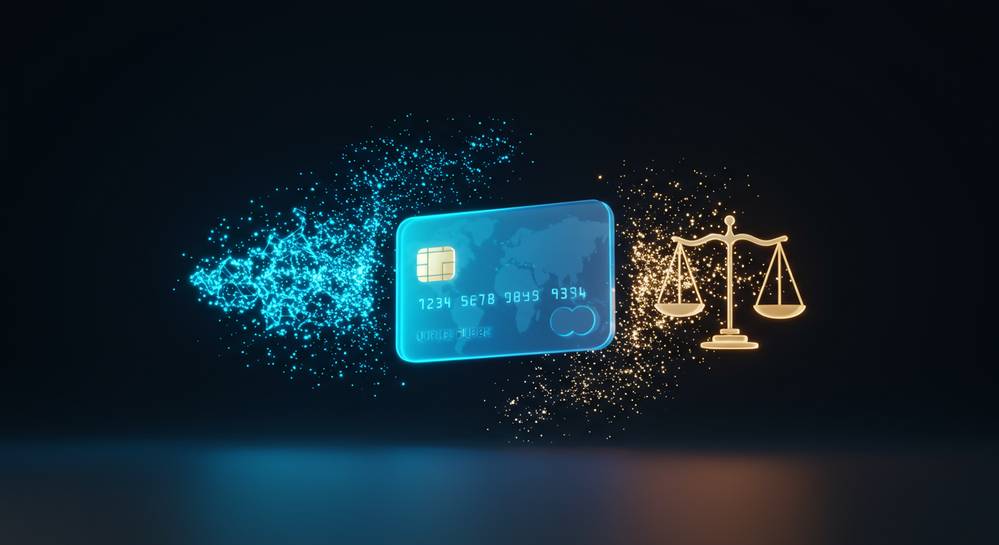In an increasingly digital world, staying informed is your first line of defense against financial scams. The landscape of financial crime is always evolving, making it crucial to keep up with the latest credit card fraud prevention news. This article will guide you through the newest threats, innovative protection technologies, and the practical steps you can take to secure your accounts and maintain your financial peace of mind.
Understanding the current landscape of digital fraud

The new reality of financial crime
The nature of financial crime has fundamentally shifted from physical theft to complex digital operations. Understanding this current environment is the first step toward effective protection. Fraudsters now leverage sophisticated technology and psychological tactics to exploit vulnerabilities. Simple precautions like hiding a PIN are no longer sufficient. Vigilance must now extend across your entire digital footprint, as the scale of the threat has grown exponentially.
This evolving landscape is driven by several key factors that make staying updated through reliable news sources critical. The latest credit card fraud prevention news highlights these core challenges.
- Increased Sophistication: Scammers use AI and machine learning to create highly convincing fake websites and emails. They can analyze security systems to find weaknesses.
- Data Breach Impact: Major data breaches have flooded the dark web with personal information. This makes it easier for criminals to commit fraud, making identity theft protection services more relevant than ever.
- Global Reach: Digital fraud is borderless. Criminal networks operate from anywhere, making them incredibly difficult to track and prosecute.
Emerging credit card fraud schemes to watch for
To protect yourself, you must know what you are up against. Fraudsters continuously innovate their methods. Being aware of the latest schemes is essential for recognizing a potential attack before it succeeds. The most recent credit card fraud prevention news highlights several prevalent threats you should watch for in 2025.
AI-powered voice scams
Also known as vishing, this scam uses artificial intelligence to clone voices. Criminals take small audio samples from online sources to impersonate family members or officials. They then create a false emergency to pressure you into providing credit card details over the phone.
Sophisticated phishing and smishing
These attacks are no longer obvious. Modern phishing uses personal data to appear legitimate, a tactic called spear phishing. Smishing involves text messages with malicious links disguised as bank alerts or delivery notices. These links lead to fake websites designed to steal your information.
Contactless payment vulnerabilities
Tap-to-pay technology offers convenience but also introduces risks. Criminals use portable skimming devices to wirelessly read card data from a short distance in crowded areas. This stealthy technique is often called digital pickpocketing, and it happens without you ever taking your card out.
Advanced strategies for fraud prevention

Reactive measures are not enough; a proactive defense is key. Technology provides powerful tools to safeguard your financial information. Integrating these advanced strategies into your daily habits creates multiple layers of security. This makes it much harder for criminals to breach your accounts and is a core topic in credit card fraud prevention news.
- Enable Biometric Authentication: Use fingerprint or facial recognition for banking apps and payment approvals. This method is significantly more secure than traditional passwords.
- Use Virtual Credit Cards: Many banks offer temporary card numbers for online shopping. These numbers hide your real details, rendering them useless if stolen in a data breach.
- Set Up Real-Time Transaction Alerts: Configure your banking app for instant notifications. This lets you spot unauthorized charges and report credit card fraud immediately.
- Understand Tokenization: Services like Apple Pay or Google Pay replace your card number with a unique digital token. Merchants never see your real card details, protecting you if their systems are hacked.
The role of technology and regulation in future security

The fight against credit card fraud is a collaborative effort between consumers, financial institutions, and regulatory bodies. The future of security hinges on continued innovation and adaptation from all sides. As highlighted in recent credit card fraud prevention news, technology offers powerful solutions, but user awareness remains the cornerstone of defense.
The rise of AI in fraud detection
Just as criminals use AI to attack, banks and credit card companies use it for defense. AI algorithms analyze millions of transactions in real-time. They identify unusual patterns and flag potentially fraudulent activity with a high degree of accuracy. This proactive approach often stops scams before the user is even aware of the attempt, representing a major leap in security.
Evolving government regulations
Governments worldwide are introducing stricter security protocols. Regulations like the Payment Services Directive (PSD2) in Europe mandate Strong Customer Authentication (SCA). This requires multi-factor authentication for many online transactions, adding a crucial security layer. Expect similar consumer protection laws to become more common globally, shaping the future of secure payments.
Protecting yourself from credit card fraud is an ongoing effort that requires awareness and vigilance. By understanding the latest threats and adopting modern security measures, you can significantly reduce your risk. Stay informed and continue exploring the latest financial security insights with News Explorer Today to ensure your financial well-being is always protected.